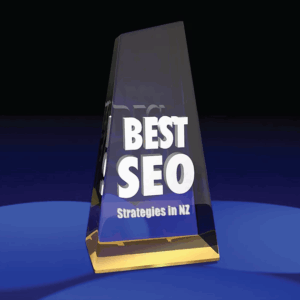Direct Marketing vs. Advertising: Choosing the Right Approach
Filters
Results
When it comes to getting your message across to potential customers, you face a pivotal decision: direct marketing or advertising. Both share the common goal of promoting your product or service, yet they differ in their methods and advantages. Let’s explore the distinctions between these two marketing approaches.
Direct Marketing Unveiled
Direct marketing involves direct communication between you, the marketer, and your customers. This method often includes distributing physical materials such as flyers, catalogs, postcards, or coupons directly to the customer. The simplicity of direct marketing lies in its minimal customer effort. Recipients merely need to read the material and make a purchase decision. Direct marketing offers the advantage of targeted messages for specific audiences, making it more effective than generalized advertising campaigns.
Decoding Advertising
Advertising is a broad term encompassing various promotional activities aimed at reaching potential customers through diverse channels like radio, magazines, television, billboards, and newspapers. While advertising enables marketers to reach large audiences, it lacks the customisation afforded by direct marketing. Instead of targeting specific audiences with tailored messages, advertising relies on broader messaging to reach a wide audience.
Comparing Direct Marketing and Advertising
Both direct marketing and advertising effectively reach potential customers. But their differences should be carefully considered when deciding which method suits your needs. Advertising offers wide reach at an affordable price. However, its lack of customisation might make it less effective compared to direct mail campaigns, which provide personalized messages for specific audiences.
Direct Marketing and Advertising Strategies for Business Success
Combining direct marketing strategies such as direct mail and email with targeted advertising campaigns can create a comprehensive approach to reaching more potential customers. Direct mail, including postcards and flyers, remains effective in capturing attention and generating new leads. Email marketing, on the other hand, allows businesses to connect with potential and existing customers through customized emails.
Advertising campaigns, especially targeted ones on platforms like Facebook or Instagram, enable businesses to tailor messages to specific audiences, maximizing reach and engagement. By strategically integrating these approaches, businesses can ensure they reach the right people with impactful messages.
Avoiding Common Direct Marketing Mistakes
Direct marketing campaigns can be powerful but prone to mistakes. Key tips include understanding your audience, ensuring clear and concise offers, and testing campaigns before launch. These practices enhance the effectiveness of direct marketing efforts, providing better returns on investment.
Making Direct Marketing and Advertising Campaigns Successful
Success in direct marketing and advertising lies in setting clear goals, wisely budgeting, choosing channels carefully, and analyzing results for refinement. Understanding your target audience, crafting clear offers, and testing campaigns before launch are crucial for achieving success and maximizing returns on investment.
Enhancing Your Marketing Strategy with Additional Tactics
While direct marketing and advertising are vital, a comprehensive marketing strategy should include additional tactics. Social media marketing allows direct interaction with customers, content marketing creates value through informative content, and public relations builds relationships with influencers. Integrating these tactics enriches your marketing approach and keeps your business ahead of the curve.
In conclusion, by mastering direct marketing and advertising, understanding past successful campaigns, avoiding common mistakes, and incorporating additional tactics, businesses can create comprehensive and successful marketing strategies.





